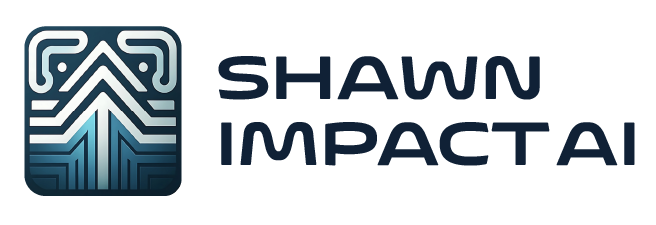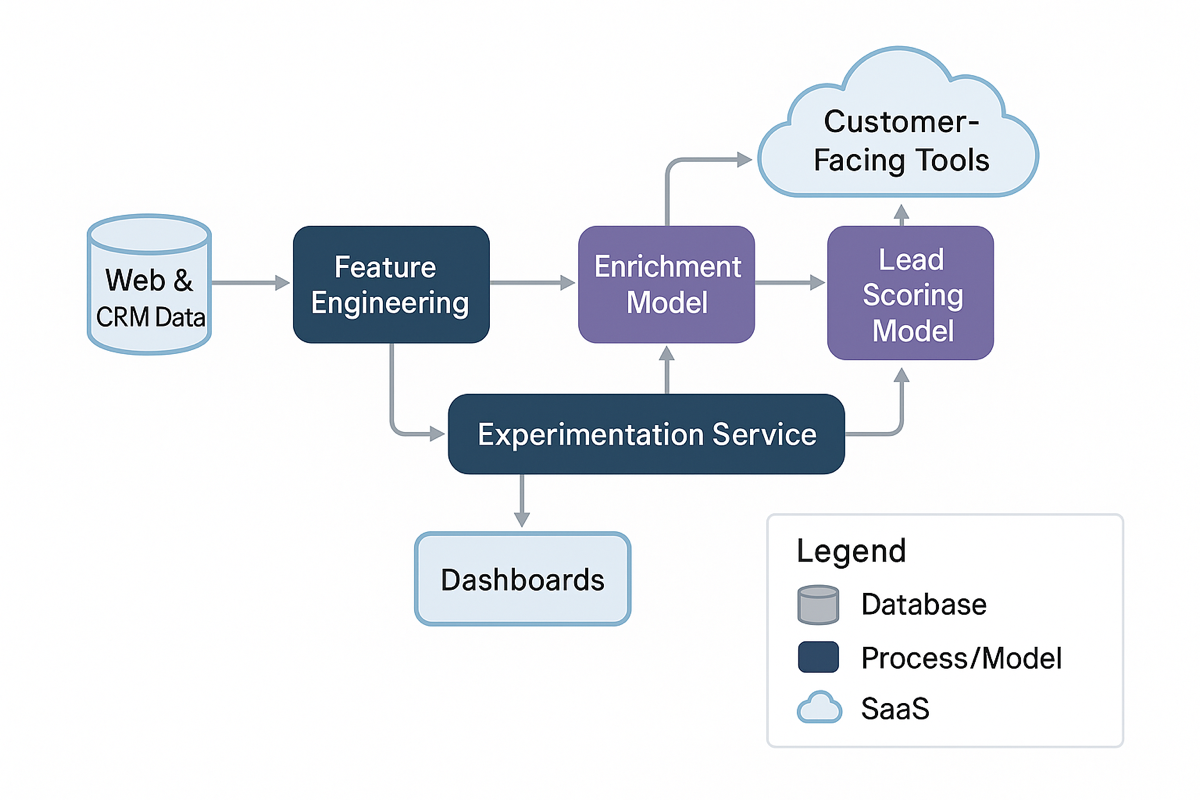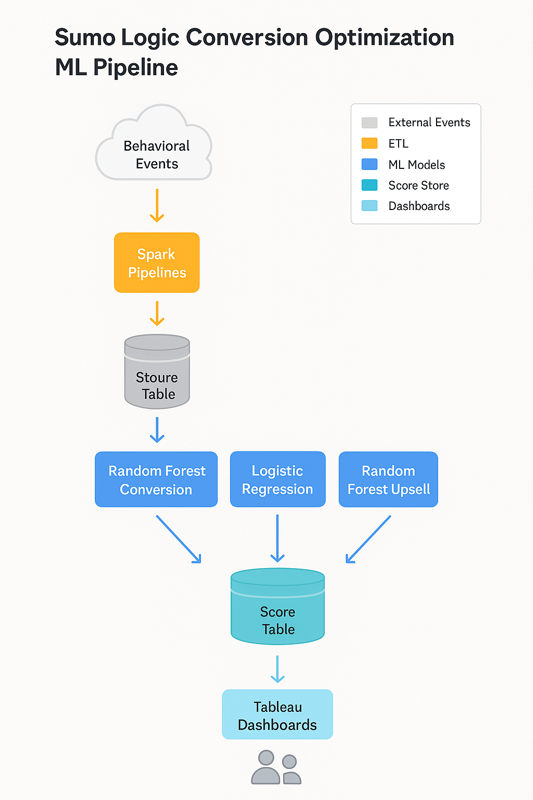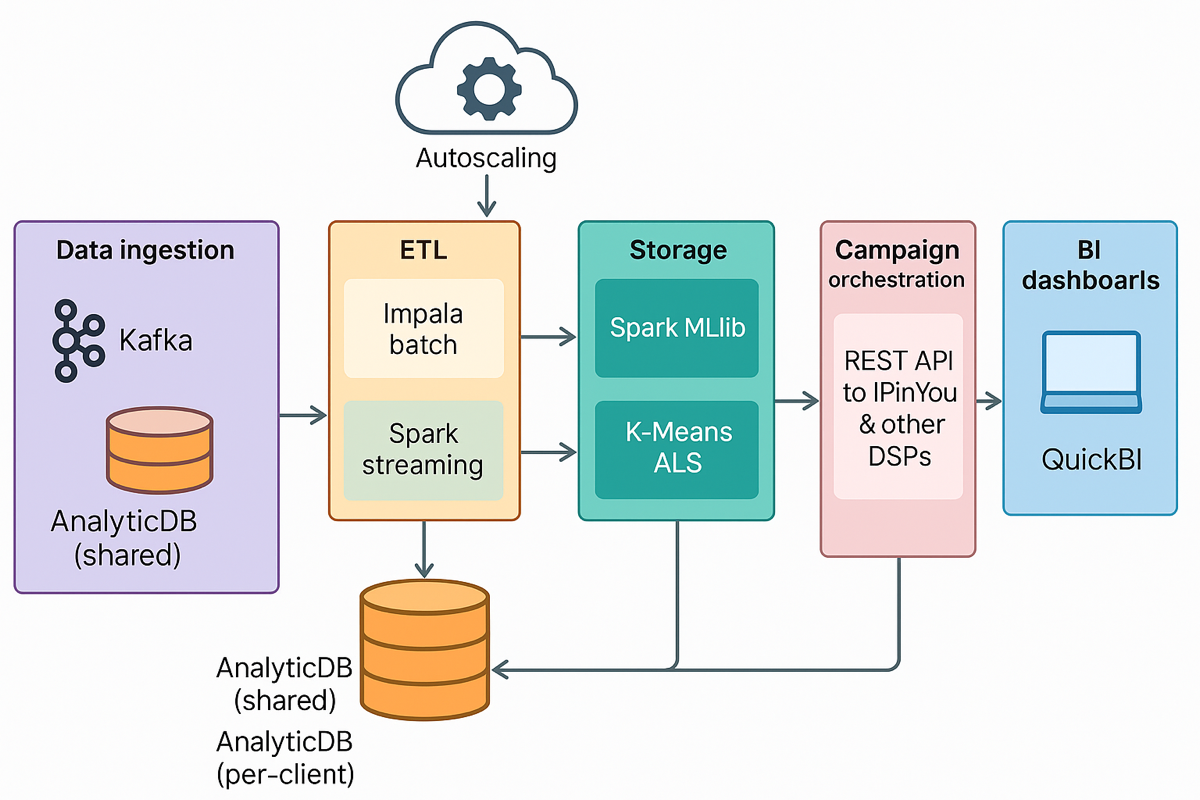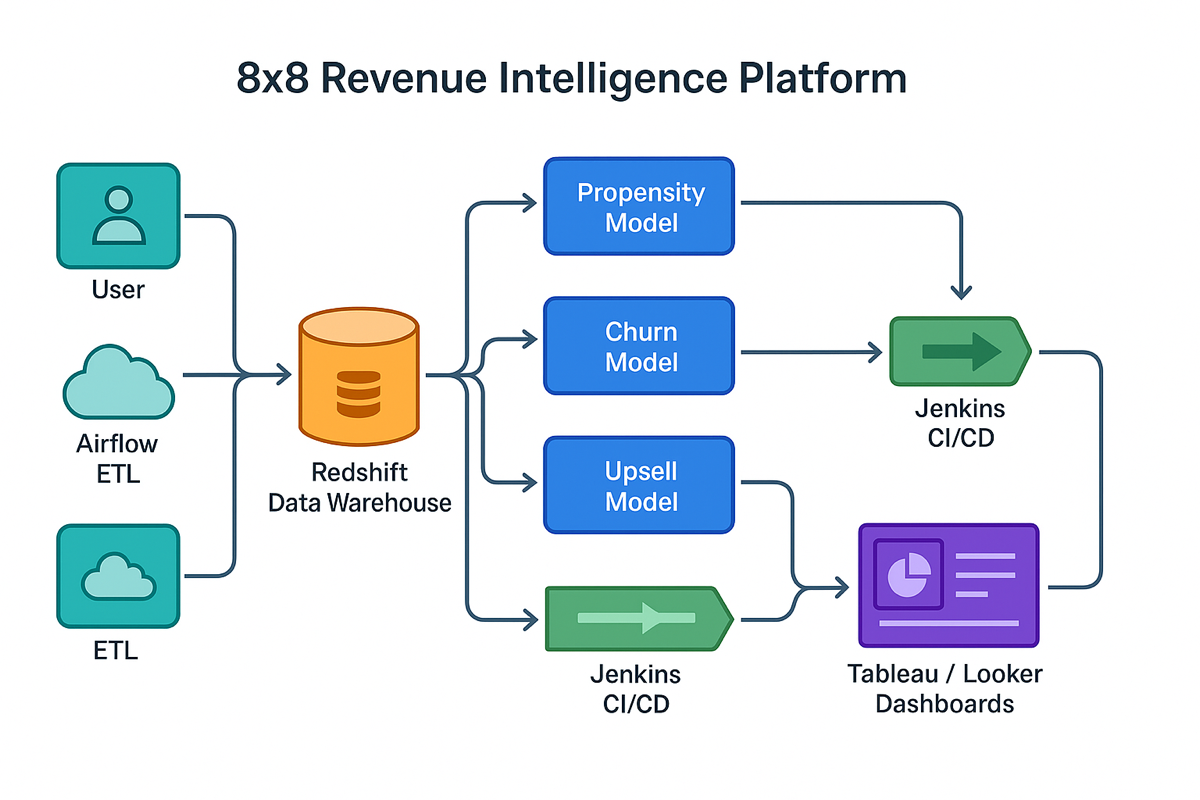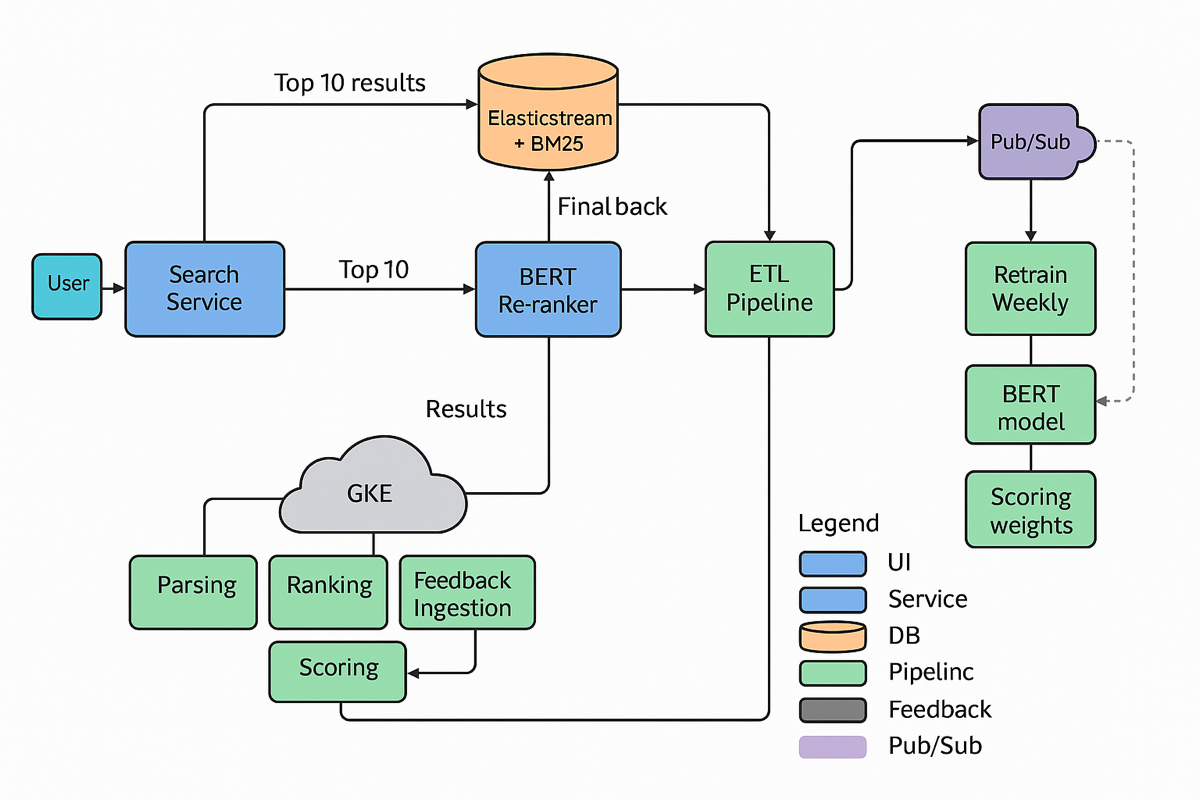Why It Matters
Adoption is not acceleration. Just because something is powerful doesn’t mean it will be trusted. And trust—especially in AI—isn’t built on performance alone. It hinges on something subtler: forgiveness.
The AI adoption curve won’t be a universal slope. In certain categories, it’s going to hit a friction wall. Not because the tech doesn’t work, but because it doesn’t work perfectly. And in those cases, where humans feel burned by their trust in AI, adoption slows. Especially when money is on the line. Especially when humans expect magic but get mess.
Executive Summary (TL;DR)
- Perfection Myth: Early AI hype, especially from tools like ChatGPT, has conditioned users to expect flawlessness.
- Cost of Mistakes: In domains where AI errors lead to monetary loss, user trust plummets quickly.
- Empathy Gap: Humans forgive other humans. Machines don’t get that grace.
- Adoption Impact: Critical categories (e.g., financial services, purchasing decisions) will experience slower adoption due to lower tolerance for AI-driven failure.
Three Insights
- The Tolerance Threshold Is Contextual: AI is forgiven when stakes are low (e.g., drafting an email). But if it blows a $300 software recommendation? Forgiveness turns into a chargeback.
- Hype Breeds Fragility: When AI is marketed as godlike, a single bad outcome can destroy trust. Users won’t downgrade their expectations—they’ll abandon the category.
- Human Familiarity Is Still a Moat: We accept human error as part of the social fabric. Machine error feels cold, transactional, and unworthy of a second chance.
The Full Story
There’s a hidden paradox in AI adoption. The more advanced the tools become, the more brittle trust becomes when they fail.
We’re entering a strange era of perfection-by-default expectations. Early ChatGPT results, especially from GPT-4 Turbo, have raised the bar unrealistically. It answers your complex questions in seconds. It writes in your tone. It sounds smarter than your boss. But this creates a trap: it sets a baseline of perceived perfection that, once broken, feels like betrayal.
Take this real-world moment: I recently purchased a highly recommended AI-powered tool after running what I thought was Deep Research via ChatGPT. This wasn’t a shallow query; it was a full-stack analysis using ChatGPT Pro at $200/month, tapping into one of the most advanced reasoning layers available to non-enterprise users.
And yet? The product was borderline broken. Not “needs improvement.” Broken. Basic functionality failed. The core value prop wasn’t just underwhelming—it was non-existent. It felt closer to a scam than a solution.
Now, I’m unusually tolerant. I build with AI. I test edge cases. I understand latency, misfires, and the difference between reasoning and hallucination. So I canceled the charge and moved on.
But most people won’t.
Where It Breaks
When users encounter failure in high-stakes AI interactions—ones tied to their money, time, or livelihood—they don’t just get disappointed. They exit. They opt out of the entire category.
Because humans don’t extend empathy to machines. When a friend gives you bad advice, you still value the relationship. When a machine does, you treat it like a defective part. No emotions. Just: refund, uninstall, never again.
And this is where the AI adoption curve fragments. It’s not just about tech maturity. It’s about category friction.
Categories Likely to Stall:
- Product recommendations (e-commerce, software tools)
- Financial planning and investing
- Health and wellness advice
- Legal or contract automation
Each of these carries high risk and high cost of being wrong. A mistake here isn’t a typo. It’s a loss.
In contrast, creative tasks, summarization, brainstorming, and low-friction productivity hacks will see accelerated adoption. Why? The tolerance for error is built in. Miss the mark slightly? You just edit it.
The Real Bottleneck: Expectations vs. Use Case Maturity
The underlying cause isn’t AI performance per se. It’s a mismatch between expectation and use case maturity. We expect the AI to understand nuance. But most AI systems today are still trying to predict patterns—not understand.
So when a deep query returns a flawed recommendation that costs real money, the user response isn’t, “AI is still learning.”
It’s: “I just got conned by a bot.”
The adoption curve buckles under the emotional weight of that perception.
What Comes Next
- AI vendors must recalibrate the promise: Underpromise, overdeliver. We need less godlike marketing, more situational truth.
- Users must mature their AI literacy: Tools like Deep Research are powerful, but they aren’t infallible. They offer first-pass insights, not final answers.
- Trust will grow asymmetrically: In creative and exploratory tasks, trust will deepen. In mission-critical decisions, it will plateau unless new guarantees emerge.
This isn’t a prediction of failure. It’s a recalibration of expectation.
AI isn’t a magic wand. It’s a precision tool. And like any tool, it’s judged not just on what it can do, but on what happens when it breaks.
Call to Action
Adopt AI with intention. Be the human-in-the-loop, not the blind follower of the machine. Educate your teams. Layer guardrails. Track the failure cases just as closely as the wins.
Because this is how the AI adoption curve really accelerates: not by avoiding mistakes, but by building systems—and humans—resilient enough to recover from them.

